MFA’s Impressionist Gallery Reopens After Renovation
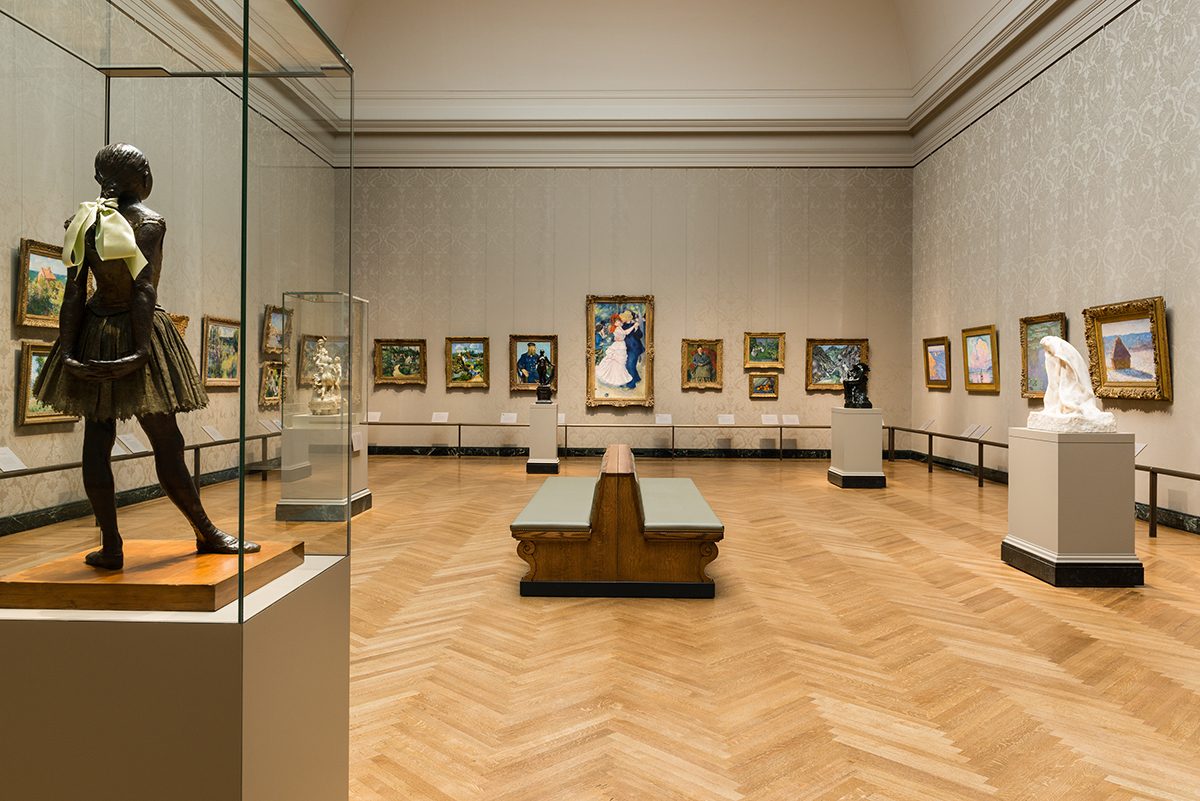

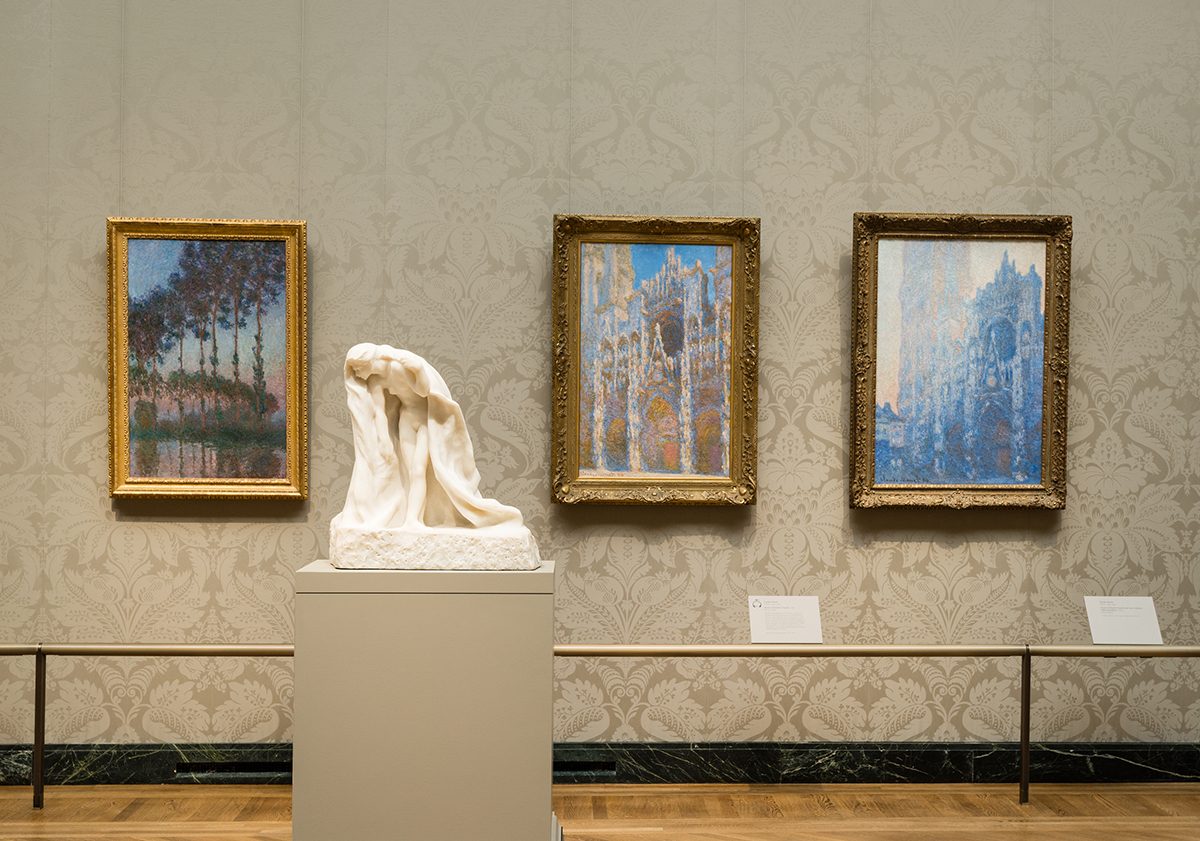

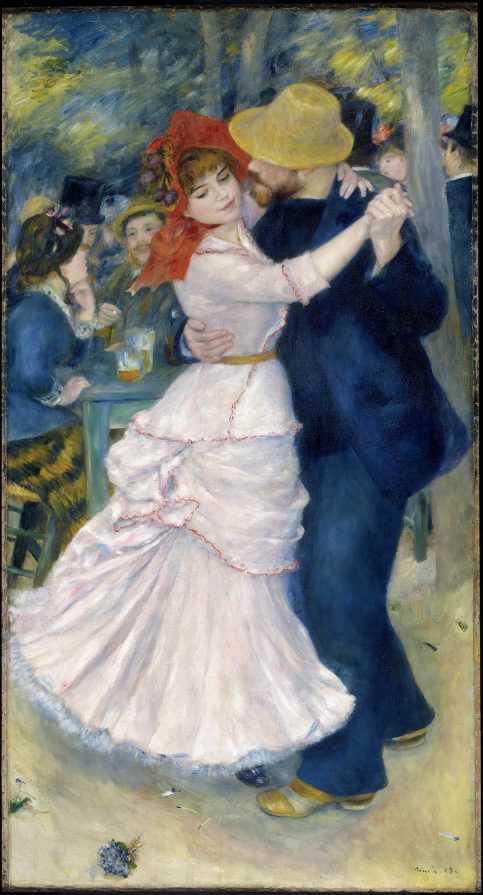

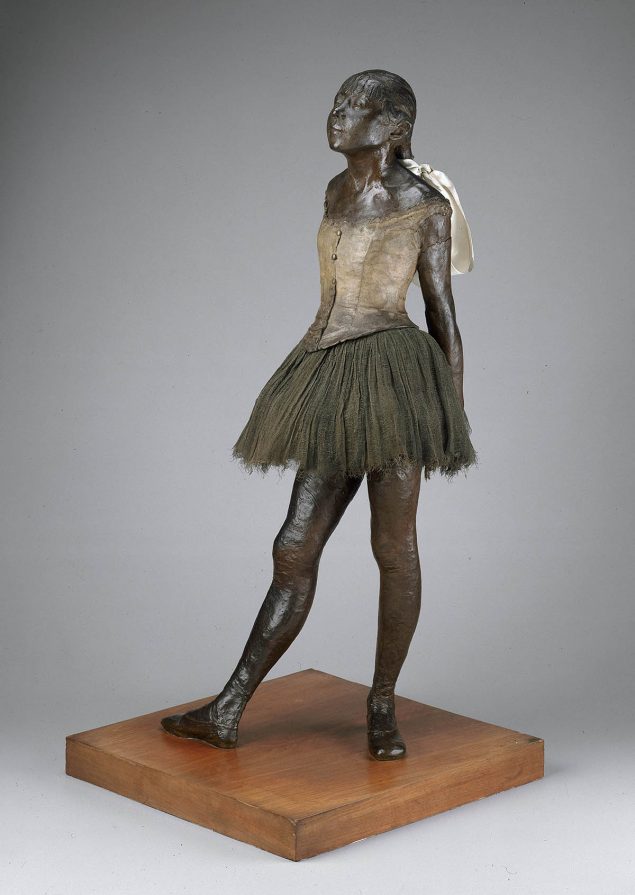







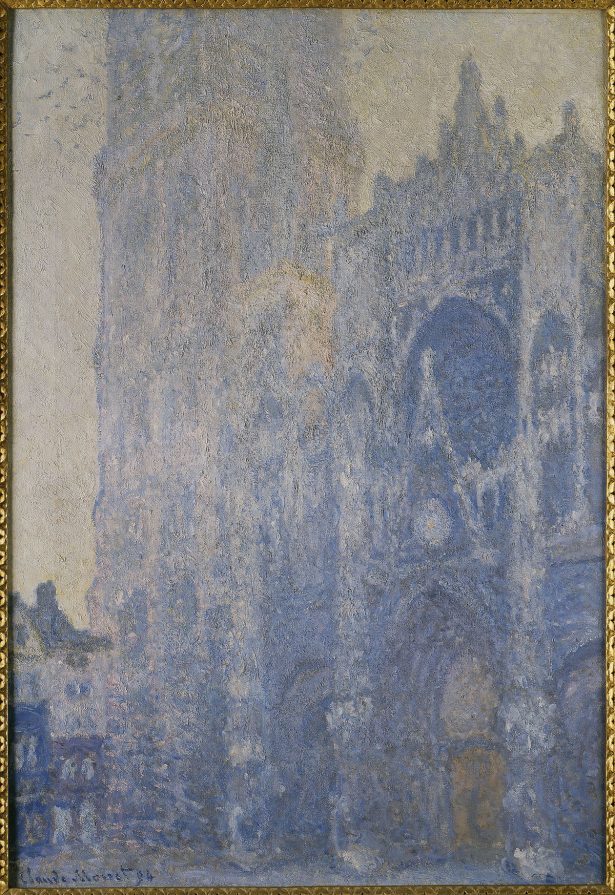

Boston loves impressionism. This we know after the runaway success of the MFA’s first crowd-sourced exhibit of the same name, for which the public voted for their favorite impressionist works to appear in the temporary exhibit while the permanent gallery underwent a four-month renovation.
On Wednesday, the Sidney and Esther Rabb Gallery of Impressionism and Post-Impressionism in France finally reopens to the public. Frequent visitors to the MFA may notice the updated lighting—now all LED—and those with keener eyes will note subtle design updates as well. The pedestals for sculptures are less obtrusive, the floors were refinished, and the walls and ceiling have fresh fabric and paint jobs.
Most important, of course, is the return of the MFA’s collection of paintings and sculptures by Monet, Renoir, Van Gogh, and others. Thirty-three works appear in the renovated gallery, which includes a balanced mix of impressionism and post-impressionism; portraits, landscapes, and sculptures; and several works that appeared in “Boston Loves Impressionism.” Van Gogh’s Houses at Auvers had won the most votes, edging out Monet’s Water Lilies, which also appears in the renovation gallery.
In many ways, “Boston Loves Impressionism” taught the MFA what its hordes of visitors prefer. For example, curator Emily Beeny was surprised that the public voted so strongly for Degas’ Ballet Dancer with Arms Crossed while voters showed less enthusiasm for Cézanne’s Madame Cézanne in a Red Armchair.
“Actually, ‘Madame’ Cézanne was not Cézanne’s wife when he painted this,” Beeny says. “A lot of impressionist pieces have scandalous stories behind them.” Degas’ sculpture Little Fourteen-Year-Old Dancer, for instance, often admired today as a happy ballerina figure, in Degas’ day was received as a grimly realistic portrayal of a working class teenager with doubtful morals.
What made these impressionist pictures so shocking at the time is exactly what make them so appealing today.
The impressionist style in general was frowned upon by many critics at the time, Beeny explains. Even Renoir’s Grand Canal, Venice was upsetting to critics who thought he made the scenery unrecognizable. Meanwhile, today, the public adores it. “What made these impressionist pictures so shocking at the time is exactly what makes them so appealing today—their brilliant light and color…” Beeny says.
And while the impressionist artists at the time had to lead the way for their new modern style, the MFA is becoming more progressive as well. The gallery shows several sculptures, including two Renoir sculptures, two Rodin sculptures, and Gustave Caillebotte’s Man at His Bath Drying Himself.
“Astonishingly enough, [the Caillebotte] was the first Impressionist nude purchased by the MFA, in 2011,” Beeny says.
RELATED: MFA Director Malcolm Rogers Gives Us a Tour of His Favorite Works
The paintings in the gallery are arranged so that visitors who circle clockwise, starting with Degas’ horse paintings, can see the progression from the artists’ earlier work, to “high impressionism,” to post-impressionism. Opposite to the Caillebotte hangs the MFA’s most prized impressionist work, Renoir’s Dance at Bougival.
The painting, with broader strokes surrounding a well-defined couple dancing, bridges a divide from Renoir’s Impressionist style into the more solid, sculptural manner of his later career. Dance at Bougival is also Beeny’s personal favorite.
“For me, it captures the feeling of being in love,” she says.
The MFA’s Gallery of Impressionism and Post-Impressionism in France reopens to the public on Wednesday, June 4. Also opening Wednesday is the new Kunstkammer Gallery of European works from the 16th and 17th centuries. $25 regular admission (free on Wednesdays after 4 p.m.), Museum of Fine Arts, 465 Huntington Ave., Boston, 617-267-9300, mfa.org.


